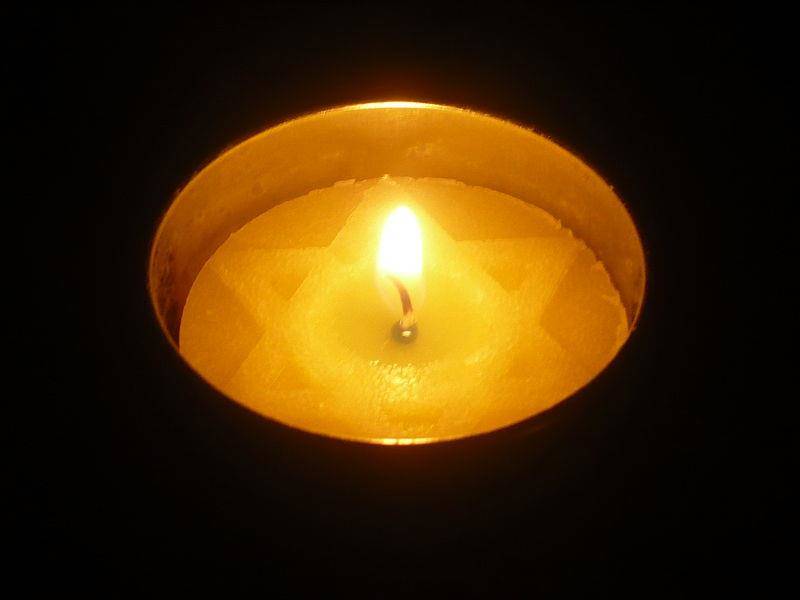Death and dying
There are many practices surrounding death and dying that are unique to Jewish tradition. We aim to educate and support members of our Jewish community, and friends and neighbors. Read on for more information.
Chevra Kadisha Kavod
In Judaism, we believe that all individuals have innate dignity, a spark of the divine. We are all said to be created in God’s image. Judaism holds that death does not remove this holiness. Our bodies retain a remnant of the divinity they once housed. Jewish burial rituals emphasize that all people enter the world as equals and that we leave the world as equals as well.
A Chevra Kadisha (Sacred Society) carries out the task of preparing the deceased for Jewish burial. In addition to performing the tahara, the ritual purification of the dead, the Chevra Kadisha Kavod of Oahu seeks to educate interested parties about these centuries-old rituals, as well as the opportunity to perform this important mitzvah.
Helpful Resources
Elements of My Jewish Funeral: My Wishes - We invite you to download this helpful worksheet that provides you with a guideline for planning a Jewish funeral. The document helps users decide which Jewish elements they would like to include in their funeral as well as serves as a directive for families or other responsible persons to follow.
Kavod v'Nichum - Visit Kavod v'Nichum for resources and courses on death and mourning.
Living Jewishly Means Dying Jewishly, Too - Learn more about dying Jewishly in this enlightening Eli Talk.
Visit this interactive resource by the Jewish Association for Death Education (JADE) to better understand about Jewish traditions at end of life.
Glossary of terms related to Jewish practices for end-of-life and remembrance
